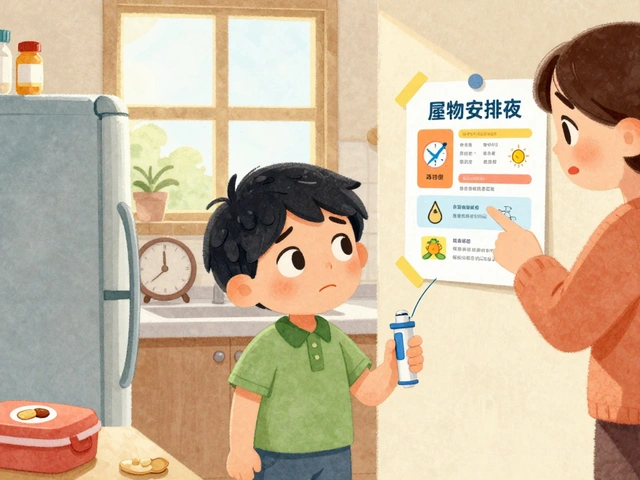Cultural Diversity in Healthcare: Why It Matters for Medicines and Care
Cultural diversity affects how people find, use, and respond to medicines. You might expect a pill to work the same for everyone, but culture shapes trust, adherence, and even symptom description. Ignoring those differences leads to missed diagnoses, wasted treatments, and real harm.
Language and communication are the first barriers. When pharmacists or doctors use medical jargon, patients with limited English or different health beliefs can walk away confused. Simple steps—clear labeling, translated leaflets, and a short teach-back question—cut mistakes and keep patients on track.
Culture also changes how people describe pain, sleep problems, or mood. Some cultures focus on physical symptoms, others on emotional causes. Clinicians who ask open questions and listen for local expressions pick up clues earlier. That matters for prescribing: the same drug choice can look different after understanding lifestyle, diet, and beliefs.
Medication adherence and cultural context
Adherence isn’t just about willpower. Family roles, religious fasting, and traditional remedies often affect when and how medicines are taken. Ask about daily routines and food habits before recommending a dosing schedule. Suggesting a twice-daily pill with meal timing tied to local customs makes it easier to follow.
Some communities worry about side effects or addiction because of past harms or rumors. Address those fears directly: explain short-term side effects, show how benefits outweigh risks, and offer monitoring plans. When patients feel heard, they’re more likely to stick with treatment and report issues early.
Clinical trials, representation, and safety
Drugs are safer when trials include diverse groups. Genetics, diet, and coexisting conditions change how drugs work. Push for trials that recruit across ages, ethnicities, and regions so dosing and side effect data apply to more people. Regulators and sponsors are improving, but healthcare advocates should keep the pressure on.
For pharmacists and online pharmacies, cultural awareness affects access. Global delivery, prescription rules, and customs laws vary by country. Make sure your online checkout explains legal limits and offers local customer support. That reduces delay and prevents customs seizure of needed meds.
What can you do today? If you’re a patient, be upfront about your background, remedies you use, and any food or religious restrictions. If you’re a provider, add two quick questions to intake forms: preferred language and use of traditional medicines. Small changes cut mistakes fast.
Try a simple clinic project: track two metrics for three months — missed refills and calls about side effects. Add a language line and recruit one community health worker who knows local customs. These low-cost steps predictably cut errors and save money. For patients, ask your pharmacist for leaflets in your language and set phone reminders tied to daily routines like prayer or meals. Small habits stack into real health gains. Start small, measure, and keep improving every day.
11
Intellectual Disabilities and Cultural Diversity: Understanding Unique Needs and Barriers
As a blogger, I recently delved into the intersection of intellectual disabilities and cultural diversity. It's crucial to understand the unique needs and barriers faced by individuals with intellectual disabilities from diverse backgrounds. I've learned that cultural factors can greatly impact how we identify, support, and include these individuals in our communities. Furthermore, addressing cultural and linguistic barriers is essential to providing effective services and fostering inclusivity. Let's work together to create a more inclusive society that recognizes and respects the diverse needs of all individuals with intellectual disabilities.
Latest Posts
Popular Posts
-
 Allergy Action Plan: Essential Medications to Carry and When to Use Them
Allergy Action Plan: Essential Medications to Carry and When to Use Them
-
 Antipsychotics and Stroke Risk in Seniors with Dementia: What You Need to Know
Antipsychotics and Stroke Risk in Seniors with Dementia: What You Need to Know
-
 Over-the-Counter Medication Safety: Hidden Ingredients and Interactions You Can't Afford to Ignore
Over-the-Counter Medication Safety: Hidden Ingredients and Interactions You Can't Afford to Ignore
-
 Constipation from Medications: Complete Management Guide
Constipation from Medications: Complete Management Guide
-
 Medication-Induced Drowsiness: What Causes It and How to Manage It
Medication-Induced Drowsiness: What Causes It and How to Manage It


